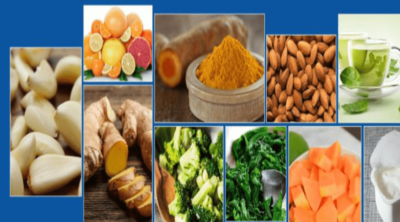
Basmati rice has developed a fan base for its taste and aroma all around the world. However, there are questions raised on the calories in basmati rice and the nutritional content it has in store, due to mass appeal.
Basmati rice has been a preference with one and all. The essence, the flavor and the aroma it carries is class apart. It is as though a magnetic pull that every grain of rice manifests; one is bound to get caught in the refreshing and mouth-watering waft it carries. It is an aboriginal of the Himalayas. The Himalayas have served to be the breeding ground for this fragrant grain. Ironically, basmati in the Hindu terminology means fragrant, thus we may say that basmati rice stands true to its word of spreading a healthful aroma around.
It has built a fan-following even in the western countries. One feature that is authenticated to basmati rice is the size of the grain. Each grain of rice is long, slim and fragrant. It is thus found to be the most sort after variety of rice throughout the world. It essentially has two varieties; they are white and brown. Also you may find that other varieties of rice when cooked can get clumped together; however, with basmati this is not the case. You are sure to have rice that is fine and clump free. They are separate and manage to flow smoothly.
Nutrition Value in Basmati Rice
The calories in basmati rice, when we consider a cup of rice, is 170 calories when cooked. When you are considering basmati rice which is extra long and slender consists of 204 calories; the consistency being one cup. When cooked brown basmati is taken into account, the total calorie consistency is 216 calories per cup. As far as the nutritional content is concerned, a cup of rice contains around 45 g carbohydrates, minimal fat; that being 0.43 g in quantity. The protein content that we consider in a cup is approximately 4.4 g.
It is also considered a good source of providing fiber that helps fight constipation and all the troubles related to indigestion and regurgitation. Talking of the total fiber content, it is found that the brown variety of basmati is all the more nutritious and sumptuous than the white basmati rice. It provides more than 3 g of fiber whereas, the white variety consists of only 1 g. The consistency of fiber is hampered due to the fact that there is a brown husk (the bran layers) are peeled off to yield white basmati rice. The brown husk has more fiber content and vitamin B than white rice.
Quick Facts
- Basmati rice is considered to be a great source of vitamins and minerals such as thiamine, niacin, iron and riboflavin.
- It delivers no cholesterol and is low on sodium content.
- It is gluten free; good news for those who cherish rice, however, cannot tolerate the presence of gluten.
- It is an amazing source of energy. The carbohydrates that are consumed through the ingestion of rice is broken down into glucose and thus the ingestion of glucose raises body glucose and delivers energy.
- It consists of amino acids and proteins. Being low in sodium content, it is a tasty way of keeping hypertension under control.
With these facts and other nutritional information mentioned in this piece, it is clear that basmati rice is a good source of health. Now, isn’t this a reason, substantial enough to lure you, and continue to bask in the glory of basmati rice and its aromatic flavor?

